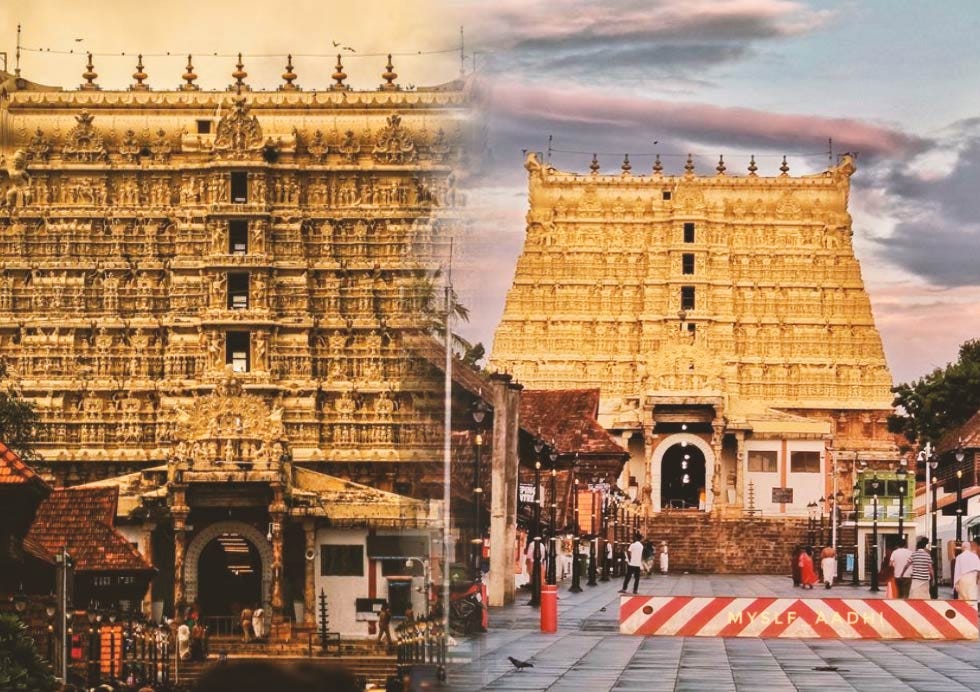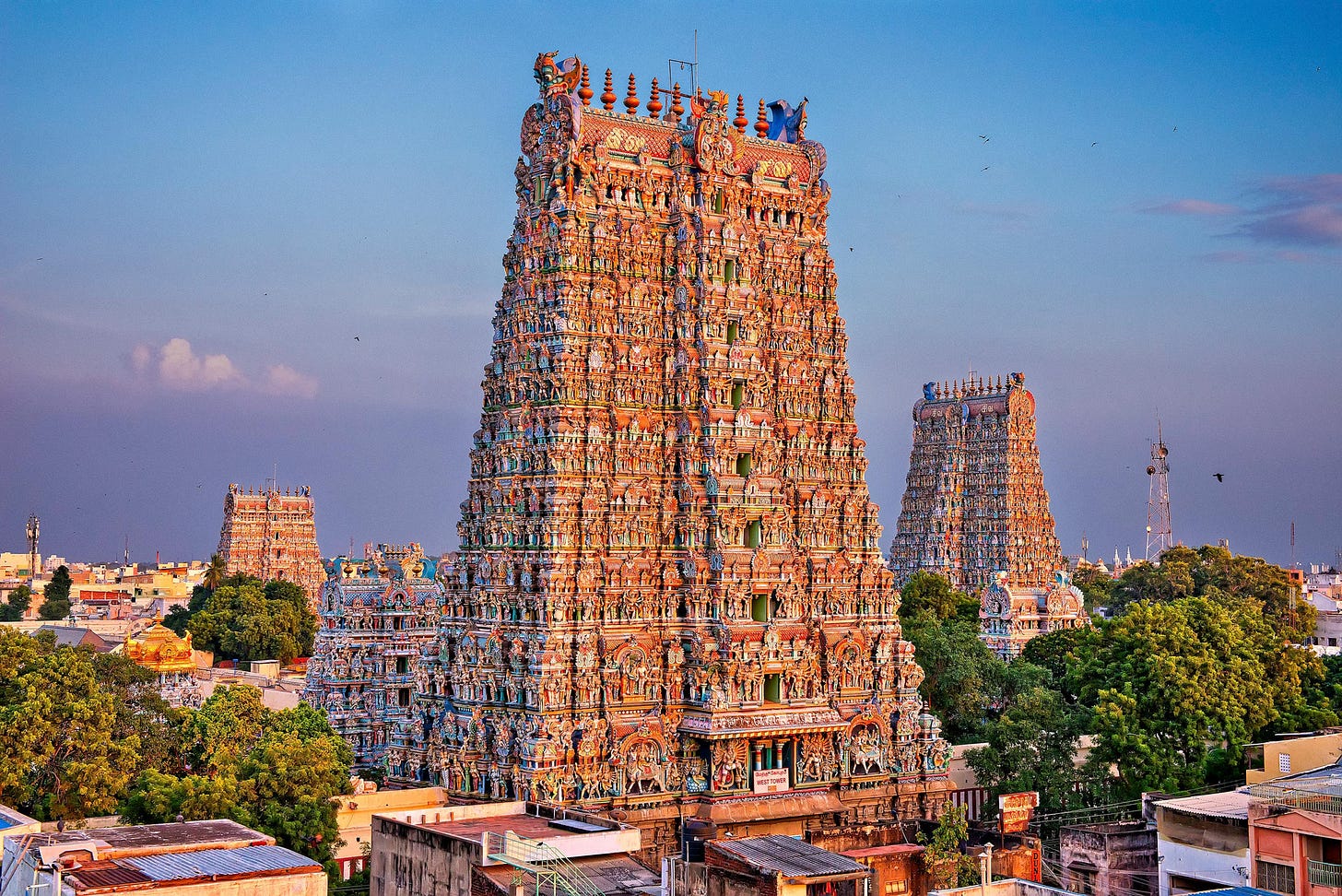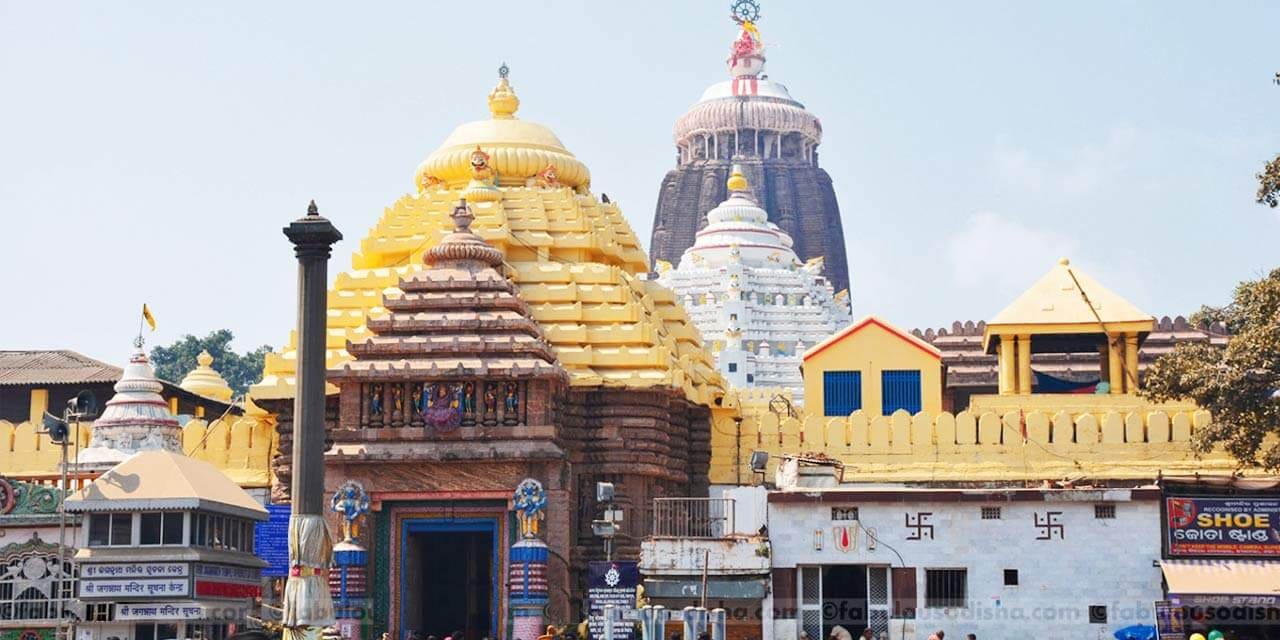India is a land where spirituality and devotion are deeply woven into its cultural fabric. With thousands of temples scattered across its vast geography, many of these sacred spaces have grown into some of the wealthiest religious institutions in the world. The riches accumulated by these temples—ranging from gold and silver to vast landholdings and massive donations—are a testament to the unwavering faith of millions.
Beyond their spiritual roles, these temples contribute significantly to social welfare, education, healthcare, and community service. Let us delve into the fascinating world of India's richest temples, where divine reverence meets immense material wealth.
🥇 1. Tirumala Tirupati Venkateswara Temple – Andhra Pradesh
Estimated Net Worth: ₹3 lakh crore
Annual Revenue: ₹1,400+ crore
Gold Reserves: Over 10 tonnes
Daily Visitors: 50,000–100,000
Location: Tirumala Hills, Chittoor District
Dedicated to Lord Venkateswara (an incarnation of Vishnu), this temple is among the most visited and wealthiest places of worship in the world. It receives offerings in the form of cash, gold, and jewelry from devotees across the globe.
The Tirumala Tirupati Devasthanams (TTD) trust oversees hospitals, educational institutions, and dharmashalas (rest houses). The temple's famous "Laddu Prasadam" is even GI-tagged and produced in millions annually.
🥈 2. Padmanabhaswamy Temple – Kerala
Estimated Wealth: ₹1.2 lakh crore (possibly higher)
Gold Holdings: Over 1,000 kg in vaults
Mystery Vault B: Contents remain unopened and controversial
Location: Thiruvananthapuram
Dedicated to Lord Vishnu, this ancient temple stunned the world when hidden underground vaults were discovered in 2011, revealing treasures worth billions—gold coins, ornaments, emeralds, and artifacts from the Travancore royal era.
The temple's administration remains under the Travancore Royal Family, and it stands as an architectural marvel of the Dravidian style.
🥉 3. Guruvayur Devaswom – Kerala
Bank Deposits: ₹1,737.04 crore
Land Holdings: 271+ acres
Deity: Lord Krishna as "Guruvayurappan"
Location: Guruvayur, Thrissur
Often referred to as “Dwarka of the South,” this temple is one of the most revered Krishna temples in the country. Apart from its religious significance, the temple has substantial financial assets including gold, silver, and property across Kerala.
The temple trust manages elephant camps, religious schools, marriage halls, and daily annadanam (free food distribution).
4. Vaishno Devi Temple – Jammu and Kashmir
Gold Received (2000–2020): 1,800 kg
Silver Donations: 4,700 kg
Cash Donations: ₹2,000+ crore
Visitors per Year: Over 1 crore
Situated at 5,200 feet in the Trikuta Mountains, this temple dedicated to Goddess Vaishno Devi is one of the most visited shrines in India. The trek to the shrine spans 12 km and is undertaken by millions each year.
The Shri Mata Vaishno Devi Shrine Board (SMVDSB) manages facilities like hospitals, rest houses, ropeways, and even a university.
5. Shirdi Sai Baba Temple – Maharashtra
Annual Donations: ₹400+ crore (2022)
Gold Holdings: 380 kg+
Silver Reserves: 4,428 kg+
Daily Devotees: 25,000–50,000
Built in honor of the 19th-century saint Sai Baba, this temple has become a pan-India spiritual center with immense public support. People from all religions visit this temple seeking blessings.
The Shirdi Sai Trust runs two large hospitals, educational scholarships, and provides free meals to tens of thousands daily.
6. Golden Temple (Harmandir Sahib) – Punjab
Estimated Wealth: ₹500 crore (annual income)
Gold Used: 750+ kg for dome and walls
Visitors Daily: 100,000+
The holiest shrine in Sikhism, this architectural gem in Amritsar is known for its serene spiritual ambiance and 24/7 langar—the world’s largest free community kitchen, serving over 1 lakh meals every day.
Managed by the Shiromani Gurdwara Parbandhak Committee (SGPC), the temple promotes equality, community service, and volunteerism (seva) on a massive scale.
7. Meenakshi Amman Temple – Tamil Nadu
Annual Revenue: ₹6+ crore
Daily Footfall: 20,000+
Gopurams: 14 towers, richly sculpted
Dedicated to Goddess Meenakshi and Lord Sundareswarar (Shiva), this 2,500-year-old temple is a masterpiece of Dravidian architecture. It is central to religious and cultural life in Madurai.
Hosts the Meenakshi Tirukalyanam Festival, drawing lakhs of devotees and generating high revenue through temple tourism.
8. Siddhivinayak Temple – Mumbai
Estimated Net Worth: ₹125 crore+
Offerings/Day: ₹30 lakh
Gold Idol Weight: 4 kg
Located in the heart of Mumbai, this temple dedicated to Lord Ganesha is a favorite among Bollywood celebrities and politicians. It is considered a powerful temple for wish fulfillment.
The Shree Siddhivinayak Ganapati Trust manages hospitals, scholarships, and donations for underprivileged children.
9. Somnath Temple – Gujarat
Gold in Sanctum: 130 kg
Gold on Spire: 150 kg
Historical Rebuilds: Destroyed & rebuilt 17 times
Believed to be the first Jyotirlinga of Lord Shiva, the Somnath Temple holds immense mythological and historical importance. The current structure was inaugurated by Dr. Rajendra Prasad in 1951.
A symbol of resilience, Somnath is now managed by the Shree Somnath Trust, and is a major hub for cultural preservation and research.
10. Sri Jagannath Temple – Odisha
Estimated Value: ₹150 crore
Land Assets: 30,000+ acres
Founded: 11th century
Famed for the Rath Yatra, the Jagannath Temple in Puri is one of the Char Dham pilgrimages. The temple deities—Jagannath, Balabhadra, and Subhadra—are uniquely crafted from neem wood and replaced every 12-19 years.
It’s one of the few temples where non-Hindus are not allowed inside the sanctum. The temple kitchen, one of the largest in the world, can cook food for over 100,000 people daily.
Faith as a Force of Social Power
India's richest temples are not just repositories of divine wealth, but also epicenters of charity, culture, and community upliftment. Their monumental financial strength is a direct reflection of centuries of unwavering faith. These temples fund education, health, shelter, and food for millions.
Their stories serve as a reminder that in India, faith is not just a personal journey, but a collective force that shapes society, drives economies, and preserves traditions.











